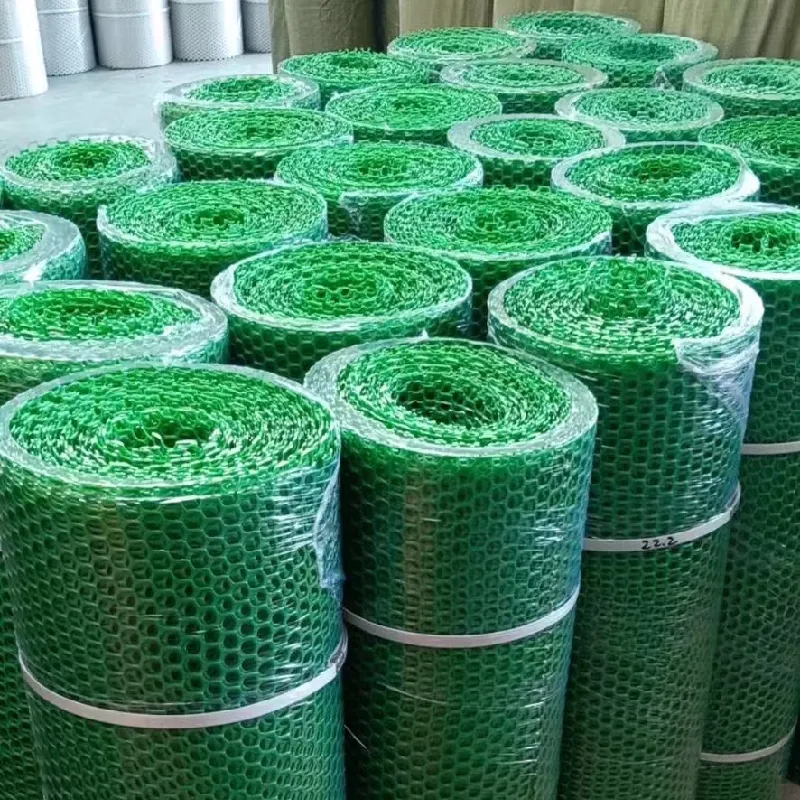-
 Afrikaans
Afrikaans -
 Albanian
Albanian -
 Amharic
Amharic -
 Arabic
Arabic -
 Armenian
Armenian -
 Azerbaijani
Azerbaijani -
 Basque
Basque -
 Belarusian
Belarusian -
 Bengali
Bengali -
 Bosnian
Bosnian -
 Bulgarian
Bulgarian -
 Catalan
Catalan -
 Cebuano
Cebuano -
 China
China -
 Corsican
Corsican -
 Croatian
Croatian -
 Czech
Czech -
 Danish
Danish -
 Dutch
Dutch -
 English
English -
 Esperanto
Esperanto -
 Estonian
Estonian -
 Finnish
Finnish -
 French
French -
 Frisian
Frisian -
 Galician
Galician -
 Georgian
Georgian -
 German
German -
 Greek
Greek -
 Gujarati
Gujarati -
 Haitian Creole
Haitian Creole -
 hausa
hausa -
 hawaiian
hawaiian -
 Hebrew
Hebrew -
 Hindi
Hindi -
 Miao
Miao -
 Hungarian
Hungarian -
 Icelandic
Icelandic -
 igbo
igbo -
 Indonesian
Indonesian -
 irish
irish -
 Italian
Italian -
 Japanese
Japanese -
 Javanese
Javanese -
 Kannada
Kannada -
 kazakh
kazakh -
 Khmer
Khmer -
 Rwandese
Rwandese -
 Korean
Korean -
 Kurdish
Kurdish -
 Kyrgyz
Kyrgyz -
 Lao
Lao -
 Latin
Latin -
 Latvian
Latvian -
 Lithuanian
Lithuanian -
 Luxembourgish
Luxembourgish -
 Macedonian
Macedonian -
 Malgashi
Malgashi -
 Malay
Malay -
 Malayalam
Malayalam -
 Maltese
Maltese -
 Maori
Maori -
 Marathi
Marathi -
 Mongolian
Mongolian -
 Myanmar
Myanmar -
 Nepali
Nepali -
 Norwegian
Norwegian -
 Norwegian
Norwegian -
 Occitan
Occitan -
 Pashto
Pashto -
 Persian
Persian -
 Polish
Polish -
 Portuguese
Portuguese -
 Punjabi
Punjabi -
 Romanian
Romanian -
 Russian
Russian -
 Samoan
Samoan -
 Scottish Gaelic
Scottish Gaelic -
 Serbian
Serbian -
 Sesotho
Sesotho -
 Shona
Shona -
 Sindhi
Sindhi -
 Sinhala
Sinhala -
 Slovak
Slovak -
 Slovenian
Slovenian -
 Somali
Somali -
 Spanish
Spanish -
 Sundanese
Sundanese -
 Swahili
Swahili -
 Swedish
Swedish -
 Tagalog
Tagalog -
 Tajik
Tajik -
 Tamil
Tamil -
 Tatar
Tatar -
 Telugu
Telugu -
 Thai
Thai -
 Turkish
Turkish -
 Turkmen
Turkmen -
 Ukrainian
Ukrainian -
 Urdu
Urdu -
 Uighur
Uighur -
 Uzbek
Uzbek -
 Vietnamese
Vietnamese -
 Welsh
Welsh -
 Bantu
Bantu -
 Yiddish
Yiddish -
 Yoruba
Yoruba -
 Zulu
Zulu
Insect-Resistant Net House for Effective Pest Management and Protection
The Benefits of Insect Proof Net Houses for Sustainable Agriculture
In the realm of sustainable agriculture, the significance of protecting crops from pests has never been more critical. Farmers face the dual challenge of ensuring healthy plant growth while minimizing pesticide use to safeguard the environment and human health. One innovative solution that has gained traction in recent years is the use of insect proof net houses. These specialized structures provide a controlled environment for crops, effectively shielding them from harmful pests while also optimizing growth conditions.
Insect proof net houses, often referred to as net greenhouses, are comprised of high-quality mesh materials that prevent insects from accessing the plants inside. This barrier method not only deters common pests such as aphids, whiteflies, and thrips, but also lessens the dependency on chemical insecticides. As a result, farmers can cultivate crops in a more organic manner, which appeals to the growing consumer demand for sustainable produce.
The advantages of insect proof net houses extend beyond pest management. These structures also promote an ideal microclimate for plant growth. The mesh offers partial shading, reducing the intensity of sunlight that reaches the crops, which can be particularly beneficial in regions with hot climates. Additionally, the net houses allow for optimal air circulation, which helps in maintaining humidity levels, enhancing the overall growth environment. This climatic control results in healthier plants, potentially leading to increased yields.
insect proof net house

Moreover, insect proof net houses facilitate year-round cultivation. By providing a protective environment, farmers can extend their growing seasons and produce crops that would typically be out of season. This capability not only increases the farmers’ income potential but also provides consumers with a more consistent supply of fresh produce. Notably, this can contribute to local food security, as a steady supply of fruits and vegetables becomes increasingly crucial in an era of rapid climate change and fluctuating weather patterns.
Another important aspect of insect proof net houses is their role in reducing post-harvest losses. By minimizing pest damage, farmers can ensure that a higher percentage of their crops reach the market in prime condition. This not only enhances profitability but also supports the principles of waste reduction and food sustainability. With less reliance on pesticides, the likelihood of chemical residues makes its way into the food system is significantly lowered, promoting healthier eating for consumers.
While the initial investment in insect proof net houses may be substantial, the long-term benefits they provide far outweigh the costs. These structures can be constructed from durable materials that ensure longevity and resilience against various weather conditions. Furthermore, the potential for technological integration, such as automated irrigation systems or environmental monitoring tools, can enhance the efficiency and productivity of these systems.
In conclusion, insect proof net houses represent a forward-thinking approach to modern agriculture. By effectively shielding crops from pests, promoting optimal growth conditions, and reducing reliance on chemical treatments, these structures align well with the goals of sustainable agriculture. As the world continues to confront the challenges posed by climate change and a growing population, embracing innovative solutions like insect proof net houses will be essential in ensuring food security while developing practices that nurture our environment. The future of farming lies in the ability to harmonize productivity with ecological responsibility, and insect proof net houses are a crucial step towards achieving that balance.
-
Shipping Plastic Bags for Every NeedNewsJul.24,2025
-
Safety Netting: Your Shield in ConstructionNewsJul.24,2025
-
Plastic Mesh Netting for Everyday UseNewsJul.24,2025
-
Nylon Netting for Every UseNewsJul.24,2025
-
Mesh Breeder Box for Fish TanksNewsJul.24,2025
-
Expanded Steel Mesh Offers Durable VersatilityNewsJul.24,2025











